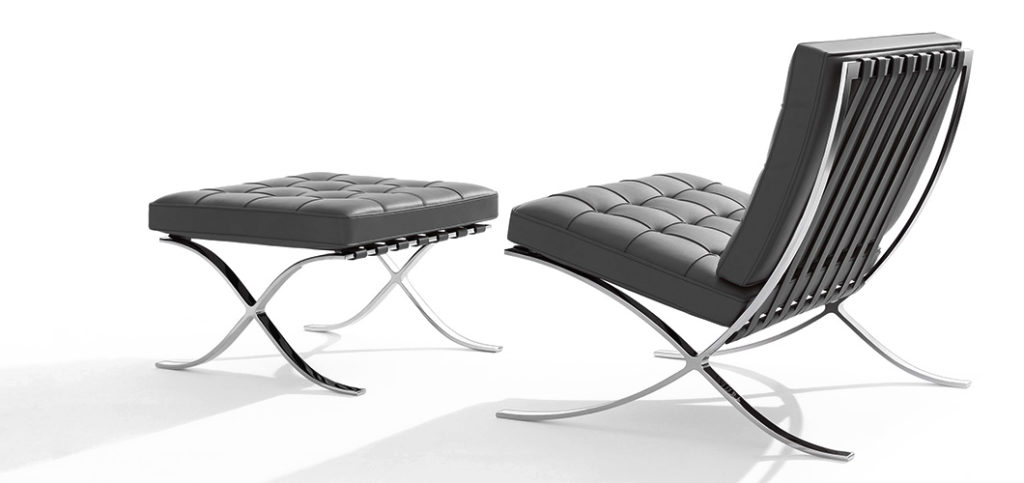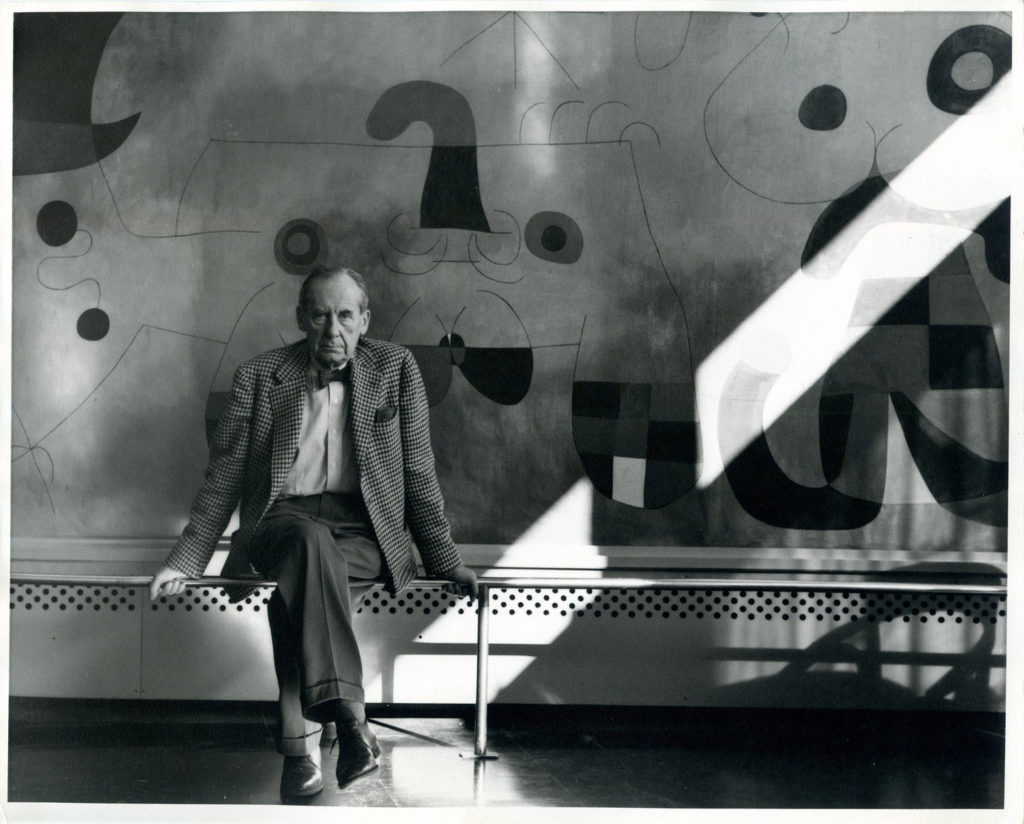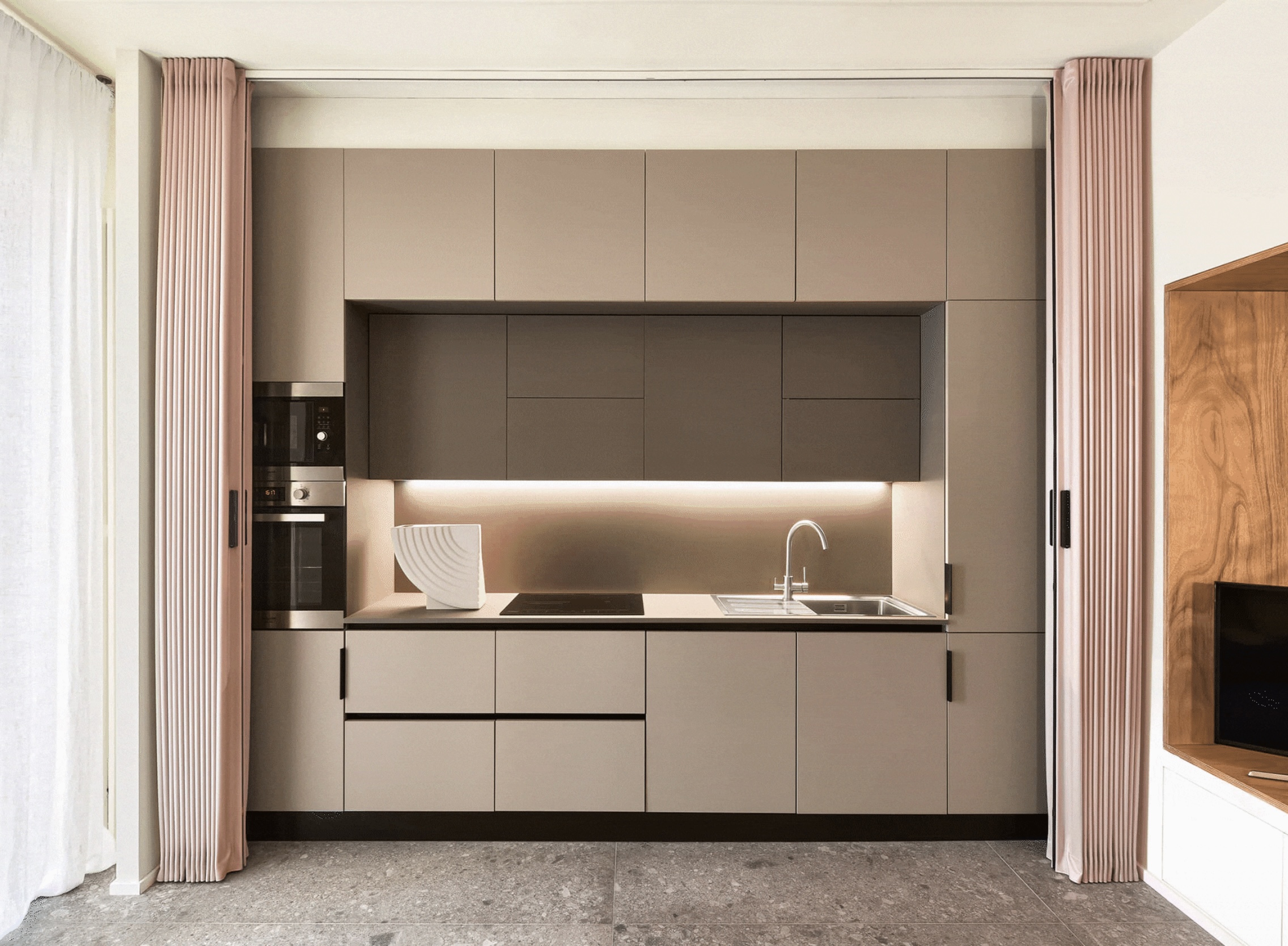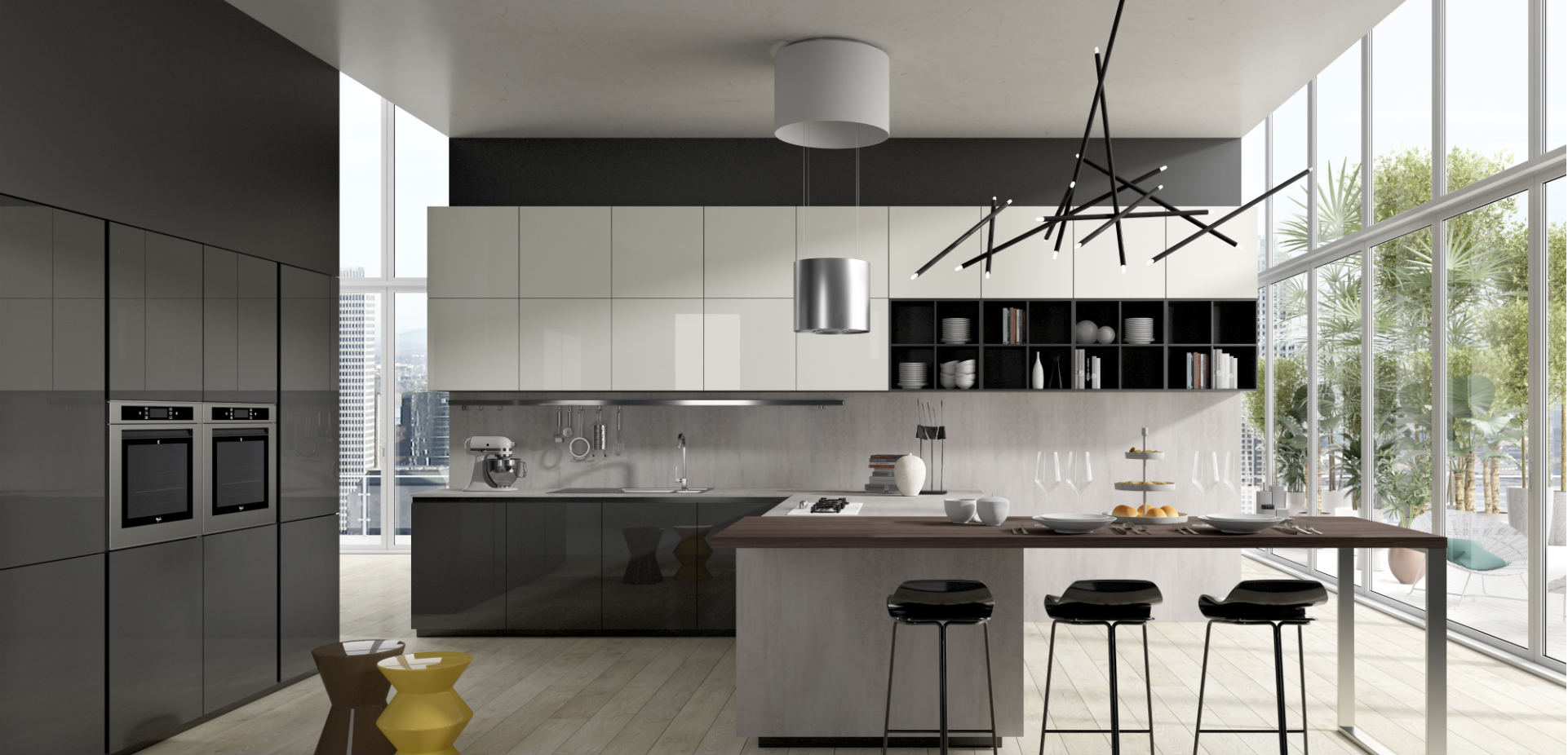
The Bauhaus and Knoll World
The Bauhaus and Knoll world. Knoll celebrates its ties with Marcel Breuer, Mies van der Rohe and the Bauhaus school of architecture.

This year marks the centenary of the Bauhaus and for this occasion Knoll has decided to celebrate its ties with Marcel Breuer, Mies van der Rohe and the famous school of architecture through special editions and a renewed commitment to give a future to the history of architecture and design. Having roots in the memory of a community and making them live in the present is a duty and a responsibility reserved for a few: an honor without doubt, but also an act due to a history that was born particular and then become universal. Like the one that unites the whole Knoll world and the Bauhaus, a scenario in which one of the most intense battles for the affirmation of that modern industrial style of which Knoll will be and still is an absolute emblem has taken place.

Today when we talk about Knoll we think of an abacus of materials and compositional elements of the project that are not only those of the modernity of Bauhaus, but, we can say, those of always, of all the timeless modernity. And then, as now, it is the people and designers who keep the company’s identity clear, and who have always made it possible for an author, when he designs for Knoll, to marry its vision, becoming part of its history.

Just as it happened when the liaison between Bauhaus and Knoll was created, bringing Ludwig Mies van der Rohe and Marcel Breuer into the company respectively, two great personalities were involved: Florence Knoll, who recently passed away, and Dino Gavina. But let’s go with order.
In 1930, Mies became the third director of the Bauhaus, a school of which he will try to respect the critical spirit on which it was founded, while underlining the mission of adaptation to industrial modernity of the new German design class. The architect had just returned from the experience of the German Pavilion at the Barcelona Expo in 1929, which had made him world-famous thanks to an architecture capable of combining the essentiality of the archetype and the synthesis of the manifesto, a paradigmatic expression of the famous “Less is More”.

In 1928, Mies was involved in research into rationalist metal tubular furniture, the symbol of modernity, with the MR20 chair-chair, from which other variants (chaise longue and armchairs) were created, which were later brought together in the MR collection. But the absolute emblem of this modernity is the famous Barcelona, the armchair that the master designed for the Barcelona pavilion at the 1929 Universal Exhibition, a true contemporary throne that today is re-presented in limited edition. This chair is a bridge between past and future – as only icons can do – that recalls the intersection of the saddle curulis of the Roman kings, here made of a chrome and polished metal that reflects the surrounding space. It is clear that Mies van der Rohe does not want a seat without history, but wants to give a future to memory, launching a new aesthetic sense based on dryness rather than redundancy. What he will bring with him from his experience in teaching is precisely this idea of a timeless modernity, of the possible union between past and future on the basis of a new way of producing, which overcomes the barriers between industrial and artisan.


Get the look: Barcelona Chair
Breuer, on the other hand, is a designer who best sums up the Bauhaus ideals, of which he was first a pupil and then a teacher. When in 1922 he attended the lessons of Wassily Kandinsky, who introduced the influence of pictorial abstractionism to the school, he learned to perceive the potential of the essential form.

Symbol of this cultural debt is the Wassily armchair, which uses the metal tube as its supporting structure, probably deduced from that of bicycles. With it the deconstruction of modern furniture is fully underway and the next step will be a cantilever seat, the Cesca, able to renounce even two of the usual four legs, which will be absorbed in a structure as elastic as visually and physically light.


Get the look: Wassily Armchair
For Breuer, the need for experimentation did not become extinct during the Bauhaus years, but soon the German political climate also led to emigration, first to Europe and then to the United States. Here – like Mies – he will find a second home, teaching at Harvard, thanks to the support of Walter Gropius, who also emigrated for similar reasons. In 1966 his Whitney Museum in New York (now MET Breuer) was opened on Madison Avenue, one of the symbols that made Manhattan the cultural epicentre of the contemporary world. And it was precisely from New York that a road began that led Breuer’s design to be produced again in Europe, this time in the Gavina factories in Italy, and from there again distributed throughout the world thanks to Knoll International. A story that still today confirms that modernity resides as much in historical facts as in the spirit of the time that renews the choice.

If you liked our article “The Bauhaus and Knoll World” have a look at The Furnishing Trends in Vogue for 2019





One Comment
Pingback: